The instruments that formerly belonged to Holocaust survivors can be heard on Violins of Hope from The Daniel Pelton Collective, which strives to provide a stark reminder of atrocities of the past in an aim to shape better future
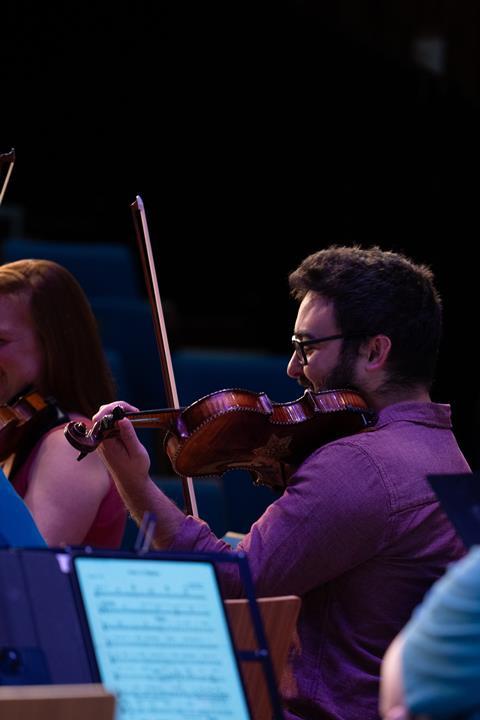
A new album featuring instruments from the Violins of Hope collection - historical instruments that once belonged to Holocaust survivors - is being released to commemorate the 80th anniversary of the Auschwitz liberation on 27 January.
Violins of Hope from The Daniel Pelton Collective, in collaboration with Calgary’s National Music Centre, comprises three compositions that capture the profound experiences of the Holocaust, and aims to serve as a poignant reminder of the atrocities committed and a call to ensure they are never forgotten.
The album features four instruments from the collection that were brought to the National Music Centre by Amnon and Avshalom Weinstein. They are ’The Auschwitz Violin’, c.1850 (unknown maker, Germany), an 1896 viola by Carl Zach, Austria, an 1893 cello by Dr. Alfred Stelzner, Germany, plus a Klezmer violin c.1900 (unknown maker, Germany).
’Working with these instruments was incredibly humbling,’ shares Daniel Pelton, an award-winning saxophonist and composer who created and conceived the project.
’Most of the collection have incredibly detailed histories attached to them which were fascinating from a historical perspective, but also heavy emotionally. It could be very hard to keep your head up when confronted with the horror these instruments had witnessed. But it was also incredibly motivating to be a part of their stories and to hopefully contribute to the vision of the collection, and maybe make their previous owners proud.’
The album comprises three works: Klezmer Dances II, 34902-32407 - which transforms an Auschwitz tattoo number into musical motifs - and Oscar Peterson’s Hymn to Freedom.

Pelton concludes: ’Releasing this album on the 80th anniversary of the liberation of Auschwitz is not only a tribute to the victims of the most horrific genocide in history, but also a powerful reminder. We say “never forget” not only to honour the dead, but to warn the living.
’80 years is not a long time. We are not at all different from the people in Germany who became Nazis, or the people who suffered under them. Not repeating their actions is a choice we have to make actively and repeatedly, otherwise we aren’t counting away from the last horrors, but toward the next ones.’
Violins of Hope will be released on 27 January 2025
Information on the instruments are as follows:
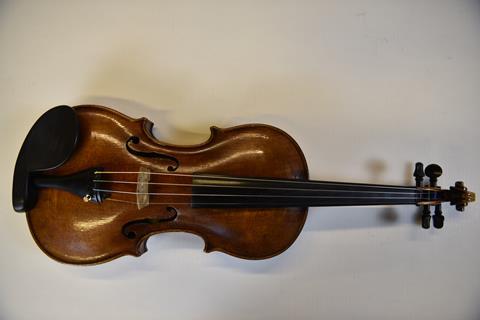
The Auschwitz Violin, c.1850
Unknown Maker | Germany
Concentration camp prisoners with musical talent were sometimes given positions in camp orchestras, sparing them hard manual labour and often saving their lives.
This violin was played by a Jewish prisoner in the Men’s Orchestra at Auschwitz. Though he survived the Holocaust, he found the violin a painful reminder of his past and could not keep it. In need of money, he sold it to a fellow Holocaust survivor, Abraham Davidovitz, who helped Jews living in displaced persons camps after the war. Abraham bought the violin in the hopes that his young son would play it. Unfortunately, Abraham never told his son the identity of its original owner, and so his name has been lost.
It was made around 1850 in a German workshop in Saxony or Tirol, and bears a fake label of the luthier J.B. Schweitzer, a renowned craftsman of the time. Violins such as this were very popular with Jews living in Eastern Europe; they were relatively cheap and made for amateurs.
Viola, 1896
Made by Carl Zach | Austria
This viola was made by Carl Zach in Vienna, Austria in 1896. It was bought by Moshe Weinstein from a player in the Palestine Symphony Orchestra who refused to play it based on its German origins.
Cello, 1893
Made by Dr. Alfred Stelzner | Germany
It has not been made clear in the documents we received how this violin came into the collection, or who owned it during the Holocaust. It’s possible that it was also bought by Moshe Weinstein from a player who refused to play it based on its German origin. The following write-up is about the maker of the instrument, who was not Jewish, and who died in 1906.
Alfred Stelzner was a German composer and luthier. Born November 29, 1852, in Hamburg, Germany, his multifaceted talents were evident from an early age, as he studied the piano, violin, mathematics, and literature. Stelzner’s university studies were focused on engineering, physics, and mathematics but his true passion lay in the intersection of music and science.
Notably, he also engaged in acoustical studies on master violins, a pursuit that informed his groundbreaking work on reconfiguring the soundbox of the violin which he patented in 1891. Transitioning from academia to craftsmanship, Stelzner established himself as a pioneering luthier and began crafting string instruments based on his new design. Operating initially in Wiesbaden and later in Dresden, he eventually patented two new instruments: the violotta and the cellone. The violotta, tuned an octave below the violin, bridged the sonic realms of the viola and cello, while the cellone, a larger variant, occupied the space between the cello and string bass. These instruments garnered widespread acclaim, earning endorsements from luminaries like impresario Alfred Schulz-Curtius and inspiring compositions like Felix Draeseke’s “Stelzner Quintett.”
Despite his creative successes, financial hardships plagued Stelzner’s endeavors, leading to the eventual failure and bankruptcy of his company. Tragically, overwhelmed by his mounting struggles, Stelzner succumbed to despair, tragically taking his own life at his residence in Dresden on July 9, 1906. Yet, his enduring legacy lives on through his innovative instruments.
Klezmer Violin, c. 1900
Unknown Maker | Germany
This exquisite German-made violin is believed to have belonged to a prosperous Klezmer, given its superior quality and distinctive embellishments. Adorning its back is a stunning mother-of-pearl hexagram inlay, with additional inlays embellishing the edges of the back and front. In an era where musical instruments were often handcrafted with painstaking attention to detail, this violin would have undoubtedly commanded a higher price than its counterparts, reflecting the affluence and discerning taste of its owner.
Estimating its age at approximately 120 years old, this violin serves as a tangible link to the rich tapestry of Klezmer music and Jewish cultural heritage. Its weathered surface speaks to the instrument’s history, carrying with it the echoes of old melodies and the spirit of those who once brought its strings to life.
Read: Violins of Hope In Pittsburgh: Timing is everything
Read: New Holocaust documentary features music performed on a violin that survived Auschwitz
The number one source for playing and teaching books, guides, CDs, calendars and back issues of the magazine.
In The Best of Technique you’ll discover the top playing tips of the world’s leading string players and teachers. It’s packed full of exercises for students, plus examples from the standard repertoire to show you how to integrate the technique into your playing.
The Strad’s Masterclass series brings together the finest string players with some of the greatest string works ever written. Always one of our most popular sections, Masterclass has been an invaluable aid to aspiring soloists, chamber musicians and string teachers since the 1990s.
The Canada Council of the Arts’ Musical Instrument Bank is 40 years old in 2025. This year’s calendar celebrates some its treasures, including four instruments by Antonio Stradivari and priceless works by Montagnana, Gagliano, Pressenda and David Tecchler.

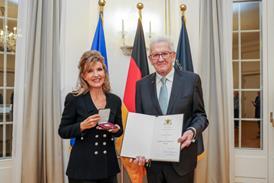
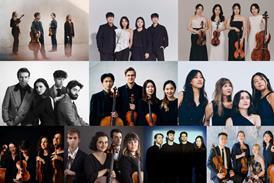
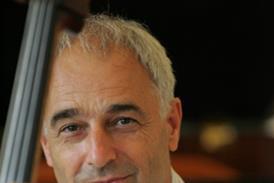
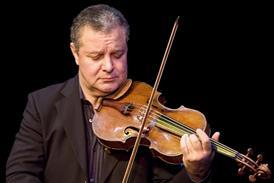
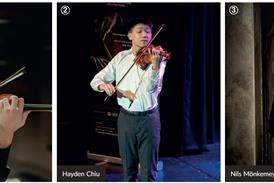
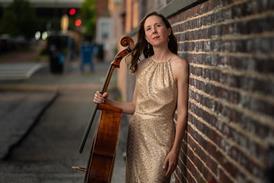



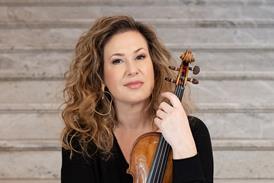

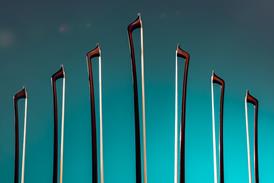
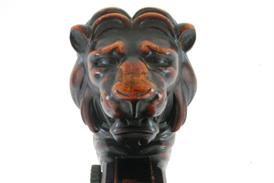
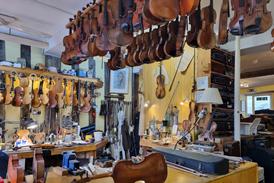

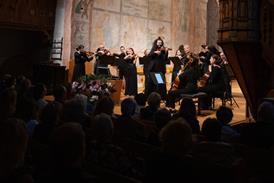

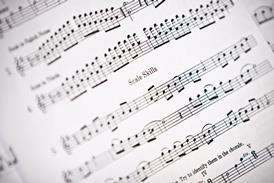
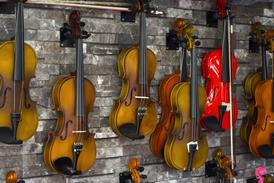
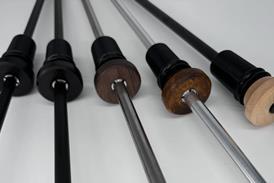

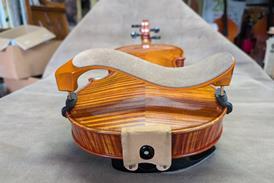
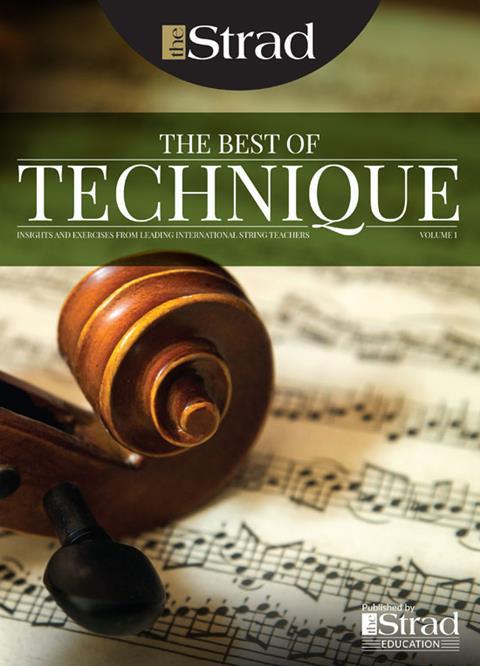
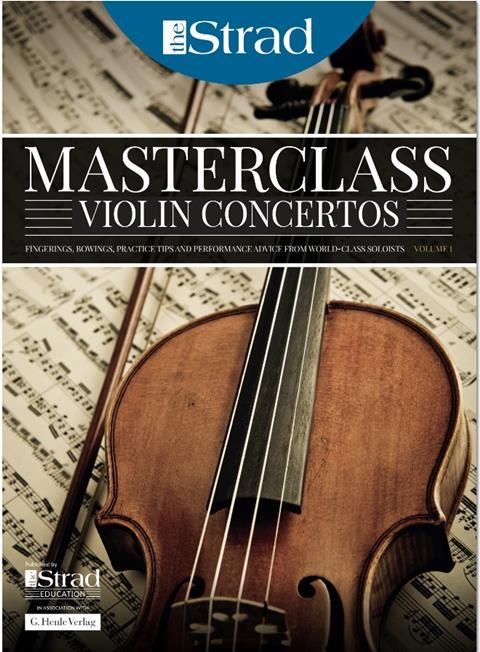
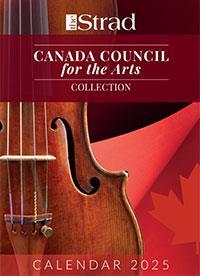












No comments yet